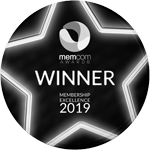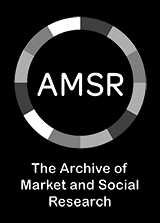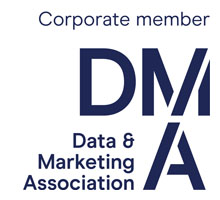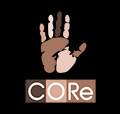Here, There and Everywhere – seeing music in research
Spark Market Research Limited – 15 October 2019
Source Spark MR
As a researcher and as a music lover, I happened yesterday to use a music analogy to describe something in research. The lightbulb promptly appeared and suddenly I could see the parallels everywhere.
For example, NPS – popularised in the US in the 1990s, but really took over the world in the 2000s. Characterised by ubiquity, bold and bombastic claims, an ability to make millions and its polarizing nature, it has to be rap music.
You can turn to different types of music and look in the same way. Punk? Loud and controversial, and because many find it uncomfortable it will always likely be a niche genre. Conveys a lot of rage and the occasional insight – just like conflict groups.
Every couple of years in music as in research, new genres and techniques emerge as the next big thing. They generate a lot of interest and have their champions. Over time they find their niche – some specialists have good careers out of it while the mainstream also finds ways to co-opt some of the best ideas and techniques. In music think house, trip-hop or grime over the years, while behavioural economics is the first area that springs to mind in recent years in the research world.
Once in a while, something comes along that is seen by some to threaten the whole industry and challenge the existing order. When electronic music emerged and gained traction in the 1970s and 1980s, some dismissed it as a fad while others thought the sky was falling in and that guitars were on the way out. Over time, new genres of music developed – electronic techniques led to innovation and new ways of doing things. The industry developed and guitars have yet to be consigned to history. Our creativity and ability to harness new innovation suggests to me that Big Data is the equivalent in our industry.
In music and in research, fashions change. To many now, the idea of a customer satisfaction study sounds a bit old fashioned, but really these have just been given a lick of paint and updated and are typically known as Customer Experience or Voice of the Customer programmes. In a similar vein, in the 1980s and into the ‘90s, hair metal bands were everywhere but then many saw that their time has passed. However, the DNA lives on in many rock bands going under different labels, and we see the love for the style emerge through revivals such as The Darkness in the 2000s, the resurrection of “Don’t Stop Believin’” or indeed any time “Livin’ on a Prayer” is played late in the evening at a party or wedding.
What about other areas of music?Heavy metal is often impenetrable to those on the outside, and home to many (more often male) wearing black t-shirts. Feels like less a type of research, but more like many a technical team (scripting and data processing) I’ve worked with.
In terms of the technical side of research, there is of course the broad church that encompasses stats and modelling – this is like prog rock or even jazz. The skill, technique and virtuosity is there but it can struggle to connect with the masses in the real world.
Then of course, there are the classics – focus groups, depth interviews, U&A studies and brand trackers. Like classic guitar pop or soul, these have been around a long time and are beloved by many. In music, we see some faithfully work to the formula laid down 50 years ago or more – bands who will happily use the same chords and generally find an audience. Then there are the innovators – those who take the tools passed down and inject them with something a bit different or put their own spin on them. Artists as diverse as Beyoncé and The Arctic Monkeys have grown up in styles that were not new, but have adapted, experimented and shown the commitment to make these work in new and impactful ways.
So, likewise in research, let’s by all means take the focus groups and brand trackers and use them, but let’s never get lazy and always find ways to do them as well as we can and with a bit of imagination and creativity.
There are of course many other research approaches, and lots of other genres of music. What about country music or dance music? Is there a research method you’d like to see experience a revival and a makeover, a bit like folk music did over the past decade or so?
I’d be interested to hear of any other parallels you can draw between research and music, or any places where you disagree with the comparisons above. Share your ideas in the comments section on our social media post….!
To find out how Spark can help you add a new twist on a traditional approach, click here
Peter Kenefick, Quantitative Research Director
Advertisement
Get the latest MRS news
Our newsletters cover the latest MRS events, policy updates and research news.














